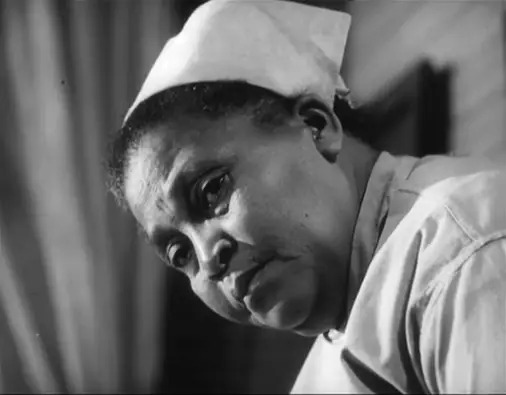Midwifery in the African American community is a tradition that dates back for centuries. While current rates of home births are low among black women, there was a time when the opposite was true. Ina May Gaskin explains;
For the most part, women of color who lived in the rural south didn’t go into the hospital until the 1970s and 80s. Alabama, Mississippi, Arkansas, Florida, and Georgia still had midwives who assisted women giving birth at home right through the 1970s. When doctors could count on Medicaid reimbursement for the first time, that situation quickly changed, and the midwives who were so needed before were forced to retire. Farther north, the pattern was somewhat different, because midwifery was outlawed in many states. Everyone was pushed into the hospital when this happened, regardless of the color of their skin. Women of color and poor white women were both used as teaching material in the teaching hospitals throughout the country. For this reason, the shift from home birth to hospital birth took place much earlier among urban women of color than it did for those in rural areas of the south.
All My Babies, A Midwife’s Own Story was created in 1952 by documentary filmmaker George C. Stoney. In 2002 it was selected by the Librarian of Congress as a “‘culturally historically and artistically significant work’” for permanent preservation in the National Film Registry.”
Here’s how its described by indie movie directory SnagFilms.com
This beautiful film is the story of “Miss Mary” Coley an African-American midwife more than half a century ago in rural Georgia. Conceived as a demonstration film for “granny” midwives its production sponsored by the Georgia Department of Public Health All My Babies quickly transcended its initial purpose. It was used around the world by UNESCO and has become an enduring classic of non-fiction film.
All My Babies was written produced and directed by George C. Stoney in close collaboration with Mrs. Coley as well as with local public health doctors and nurses and shows the preparation for and home delivery of healthy babies in both relatively good and bad rural conditions among black families at that time.
The film is in addition both a deeply respectful portrait of “Miss Mary” who is revealed as an inspiring human being and a record of the actual living conditions of her patients.
The film is about an hour long, but it’s a really good watch! It’s fascinating to see the love and sense of community involved with Miss Mary’s work of delivering healthy babies in, what was then, a very under-served community.
Did you watch the film all the way through? What are your thoughts!

